Cyrtanthus breviflorus
Cyrtanthus breviflorus Harv.
Family: Amaryllidaceae
Common names: yellow fire lily, wild crocus (Eng.); geelvuurlelie, wildekrokus (Afr.); umpimpilizi (SiSwati); injobo, uvelabahleke (isiZulu)
Introduction
Yellow fire lily is a small grassland bulb from the amaryllis family, with bright yellow flowers all year round. It grows naturally in moist or dry grasslands in coastal and inland areas from South Africa to Kenya and makes a beautiful pot plant and garden plant, where it can be used as a filler plant in a grassland inspired flower bed or mass planted to properly display this conspicuous bulb.
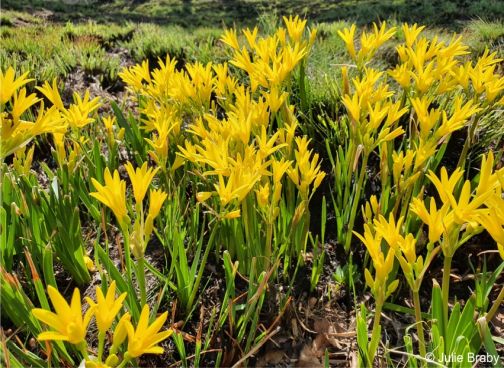
Description
Description
Cyrtanthus breviflorus is a sturdy, perennial bulb that grows up to 300 mm high. Its growth habit depends on where it is growing; the ones that grow in the coastal and inland grasslands have short stems which tend to be frail, while the ones that grow in inland marshes are taller and more vigorous. The leaves are green, erect, lanceolate with entire margins. The new leaves of the plants on the coastal and inland grassland emerge after flowering. The flowers are scented, bright yellow, star-like, bell-shaped, on long pedicels, produced all year round but mainly in spring and summer. The flowering is triggered by winter wild fires and the frail plants are normally the first ones to flower in late winter. It produces oblong capsules that yield flat, winged seeds.
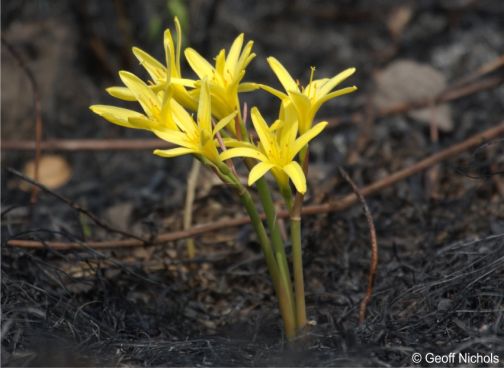
Conservation Status
Status
Cyrtanthus breviflorus has the conservation status Least Concern (LC) on Red List of South African Plants. This means that the plant population is stable in the wild and it is currently at low risk of extinction.
Distribution and habitat
Distribution description
Cyrtanthus breviflorus is widely spread in eastern South Africa, growing in Eastern Cape, KwaZulu-Natal, Free State, Gauteng, Mpumalanga and Limpopo. It also grows in the eastern countries of Africa, including Kenya and the central African countries such as the Democratic Republic of Congo and has the widest distribution of all species of Cyrtanthus. It is mainly found growing in coastal and inland grasslands that are damp, where they have a vigorous growth, or dry, where they are thinner and shorter.
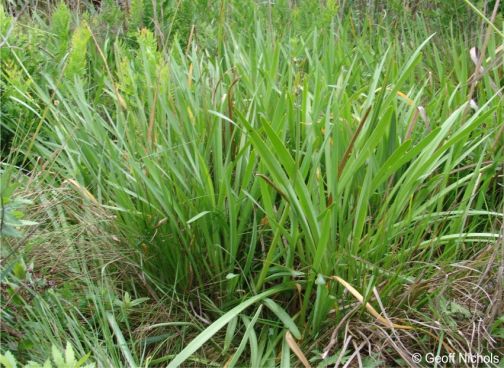
Derivation of name and historical aspects
History
Cyrtanthus, one of the Amaryllidaceae’s most popular genera, has more than 50 species. This makes it the most species rich Amaryllidaceae genus in South Africa. Cyrtanthus breviflorus was previously known as Anoiganthus breviflorus. The genus Cyrtanthus was first described in 1879 by Kew Botanist William Aiton. The genus name is derived from Greek kyrtos meaning ‘curved’, and anthos meaning ‘flower’, this was referring to the curved flowers of some of the species in the genus. The species name breviflorus means ‘short flowers’. Cyrtanthus breviflorus and C. elatus were both initially published under other genera, and C. elatus is the most popular in the horticultural industry, famous for its large red or pink flowers and versatile use in the garden, and as a cut flower.
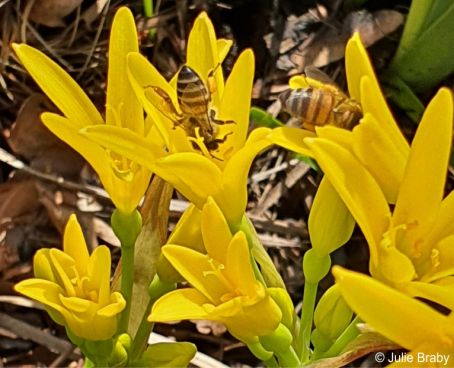
Ecology
Ecology
Cyrtanthus breviflorus flowering is greatly stimulated by fire. The flowers are visited by many flying insects that collect the pollen, including honey bees. The seeds have a papery wing and are dispersed by wind.
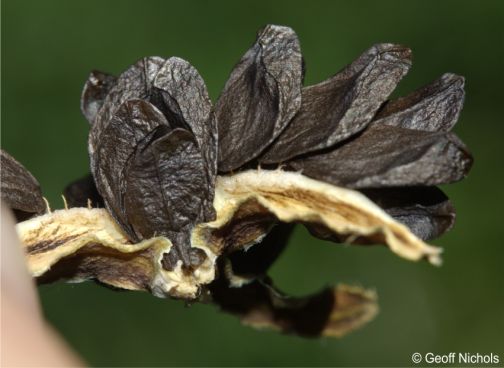
Uses
Use
Cyrtanthus breviflorus is a lovely garden plant that grows well in full sun but also thrives in a semi-shaded spot in the garden. It can be planted as a filler plant in grassland or cottage flowerbeds to show off its beautiful yellow flowers. It also makes a beautiful container plant. In addition to its many uses in the garden, yellow fire lily has medicinal uses. The bulb is edible and traditionally, it is used as a protective love charm and to treat intestinal worms.
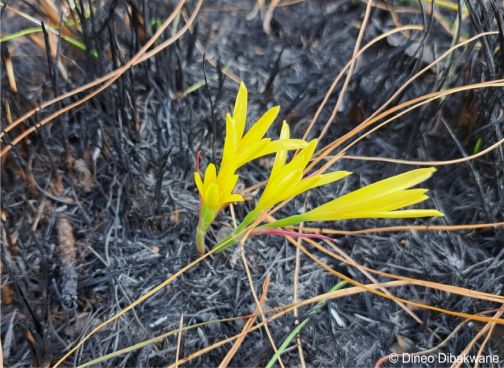
Growing Cyrtanthus breviflorus
Grow
Cyrtanthus breviflorus is best propagated by seeds, to achieve a better yield. Seeds need to be collected from the plant as soon as the capsules are dry and about to split, to avoid losing the seeds, because they are lightweight and can easily be blown away by the wind. They can be stored in an airtight container in a cool, dry place for up to 6 months. Sow the seeds in early spring in a medium with good drainage, such as a mixture of 50% washed river sand and 50% sifted acid compost. Moisten the medium before sowing the seeds to avoid the floating of seeds from the surface. Sprinkle a fine layer of seeds on the medium and cover them with a 3-5 mm thick layer of the same medium. It takes up to 3 weeks for the seeds to germinate. Seedlings should be grown on for at least 2 years before transplanting them.
The plant can also be propagated through the separation of offsets from the main bulb. This method should be conducted in spring, after flowering. The offsets need to be planted immediately after separating them from the main bulb. Always use a well-draining medium to prevent the bulb from rotting. After planting, water the plants sufficiently, then repeat once or twice per week, allowing the medium to dry in between watering. The watering needs to be reduced in the dormant winter season. Propagated plants must be placed in a well ventilated green house with enough sunlight, especially in the mornings.
References
- Braby, J. 2021-10-07. Observation of Cyrtanthus breviflorus. Underberg, KwaZulu-Natal. iNaturalist. Online. https://www.inaturalist.org/observations/99340154.
- Crouch, N.R., Mulholland, D.A., Chetty, J. & Van Staden, J. Lupane triterpenoid and alkaloid isolates from Crytanthus breviflorus (Amaryllidaceae). South African Journal of Botany 71(1):104-106.
- Du PLessis, N.M. & Duncan, G.D. 1989. Bulbous plants of southern Africa. Tafelberg, Cape Town.
- Duncan, G. 2021. Cyrtanthus Ait. (Amaryllidaceae). Plantzafrica. Online. https://pza.sanbi.org/cyrtanthus.
- Pooley, E. 1998. A field guide to wild flowers Kwazulu-Natal and the eastern region. Natal Flora Publications Trust, Durban.
- Raimondo, D., Von Staden, L., Foden, W., Victor, J.E., Helme, N.A., Turner, R.C., Kamundi, D.A. & Manyama, P.A. (eds) 2009. Red list of South African plants. Strelitzia 25. South African National Biodiversity Institute, Pretoria.
Credits
Itumeleng Machete and Agnes Masila
Pretoria National Botanical Garden
August 2023
Acknowledgements: the authors thank Dineo Dibakwane, Julie Braby and Geoff Nichols for the pictures.
Plant Attributes:
Plant Type: Bulb
SA Distribution: Eastern Cape, Free State, Gauteng, KwaZulu-Natal, Limpopo, Mpumalanga
Soil type: Sandy, Loam
Flowering season: Spring, Early Summer, Sporadic/All year
PH: Acid, Neutral
Flower colour: Yellow
Aspect: Full Sun, Morning Sun (Semi Shade), Afternoon Sun (Semi Shade)
Gardening skill: Average
Special Features:
Horticultural zones










Rate this article
Article well written and informative
Rate this plant
Is this an interesting plant?
Login to add your Comment
Back to topNot registered yet? Click here to register.